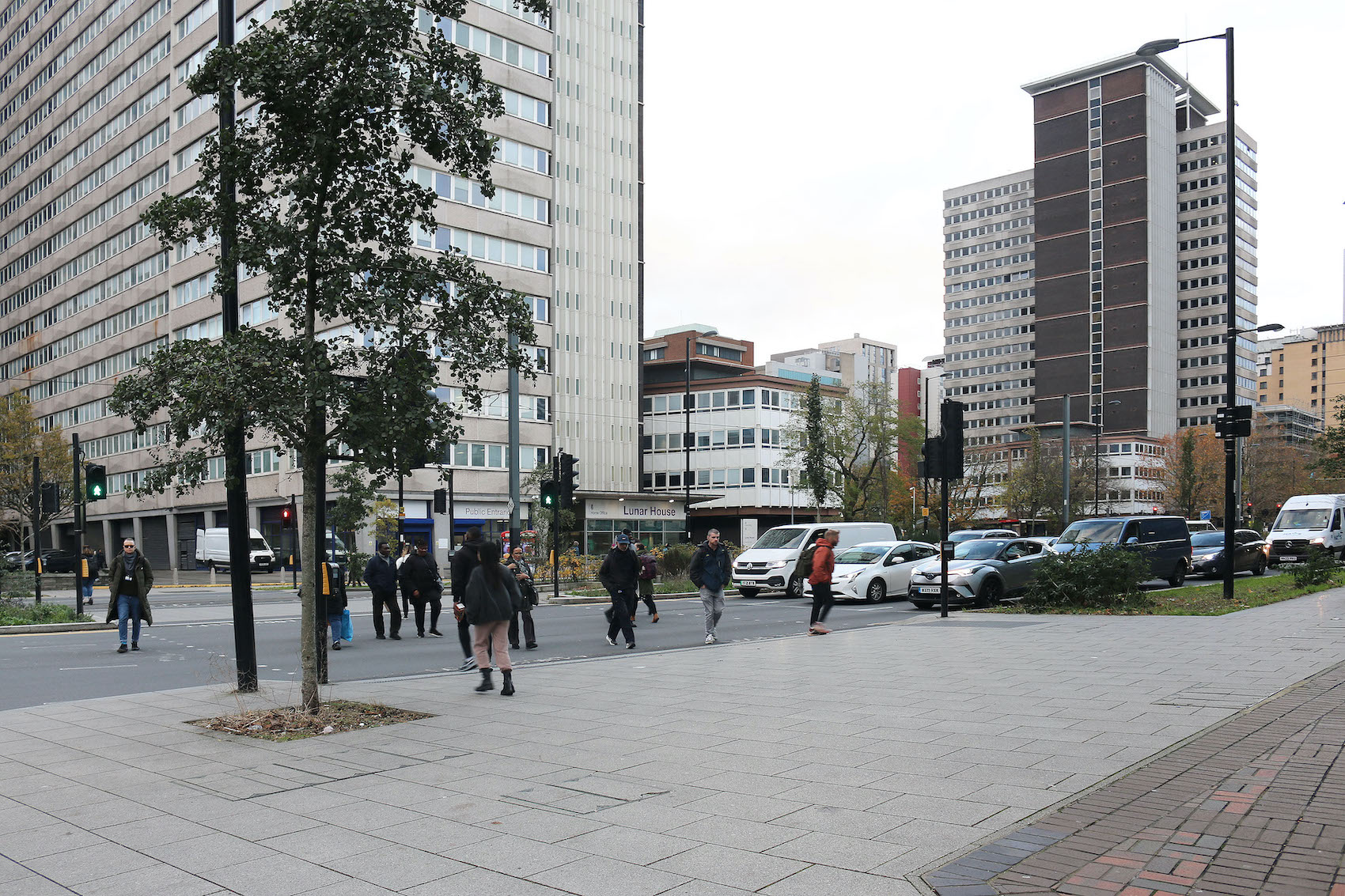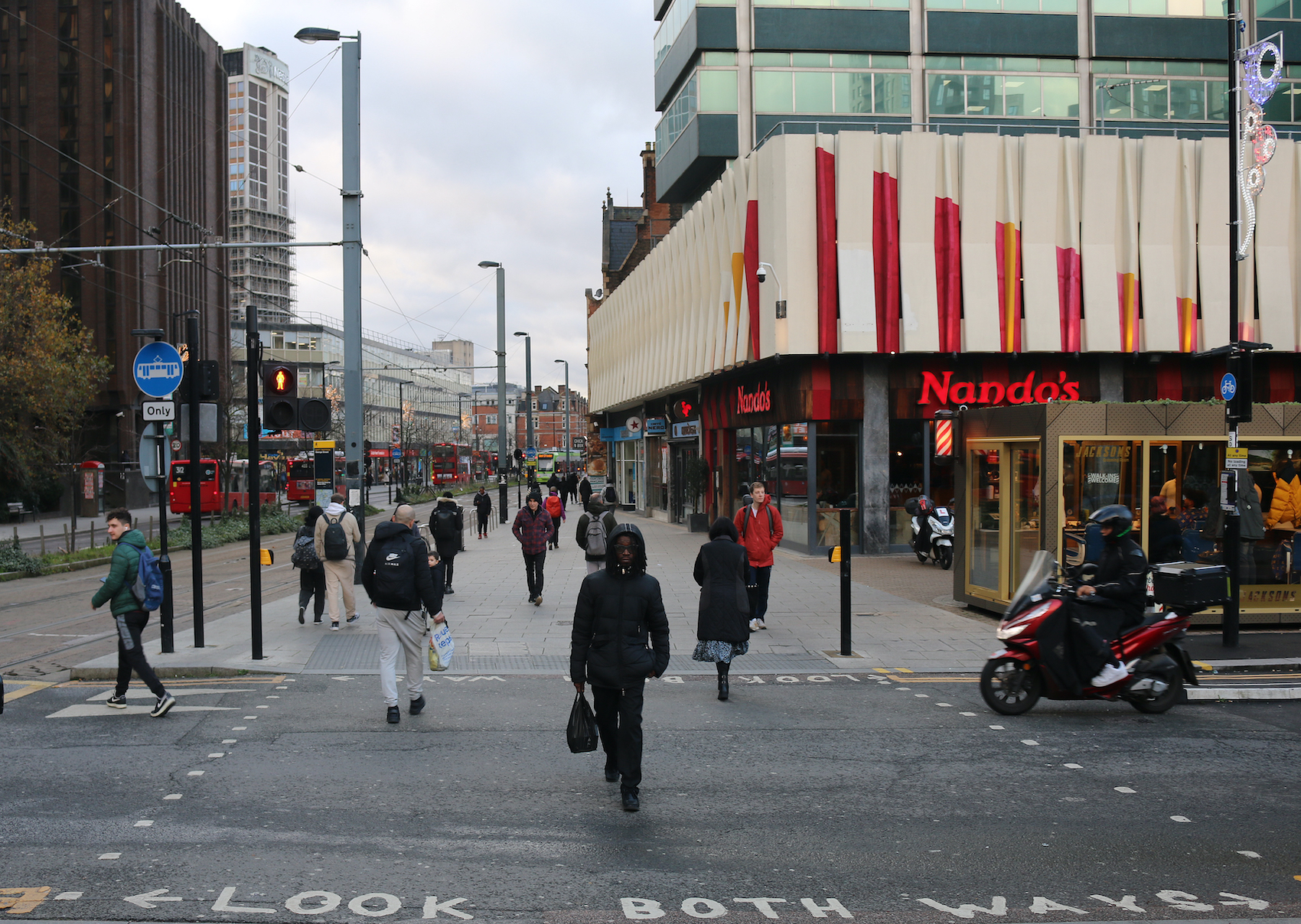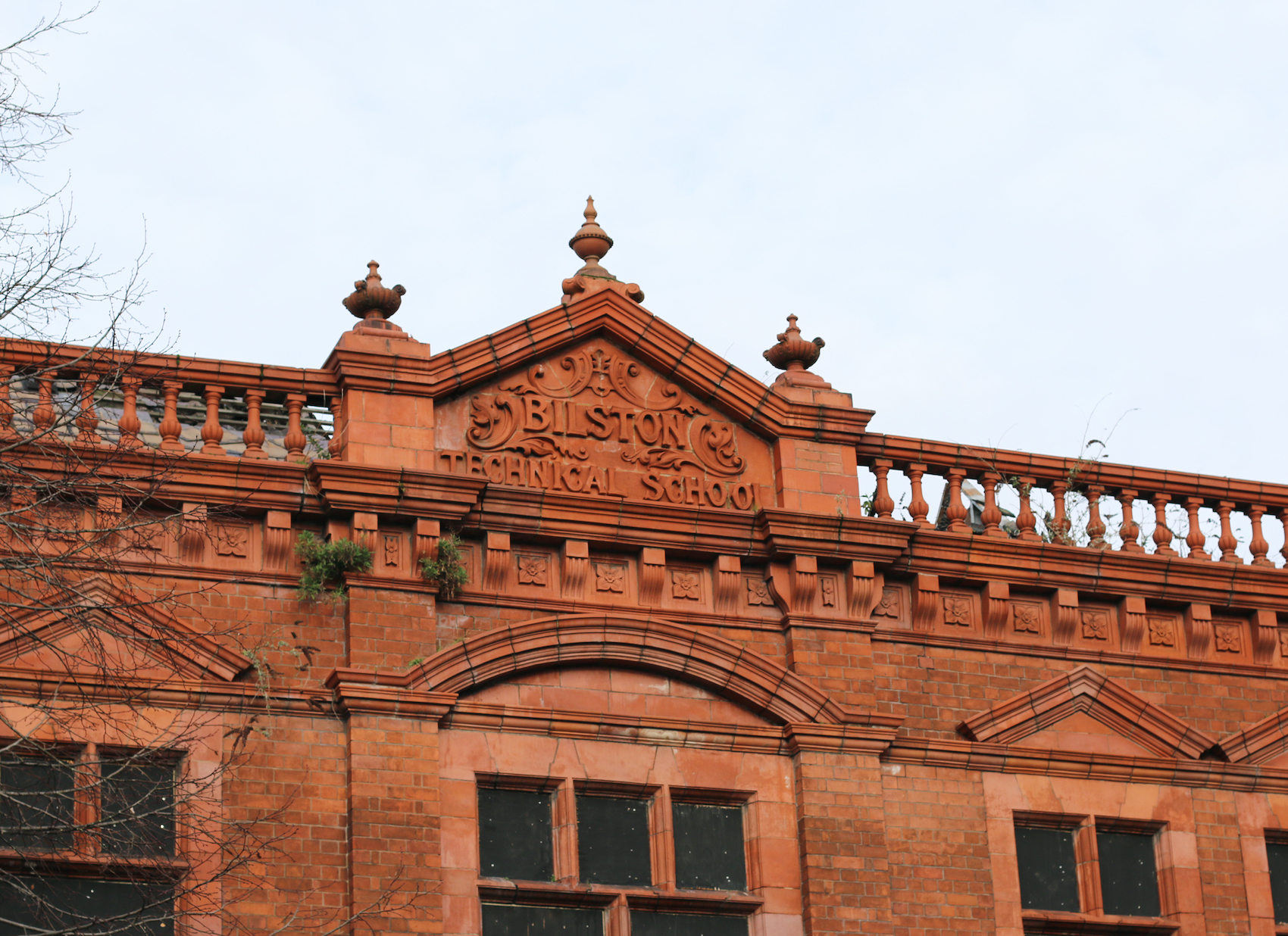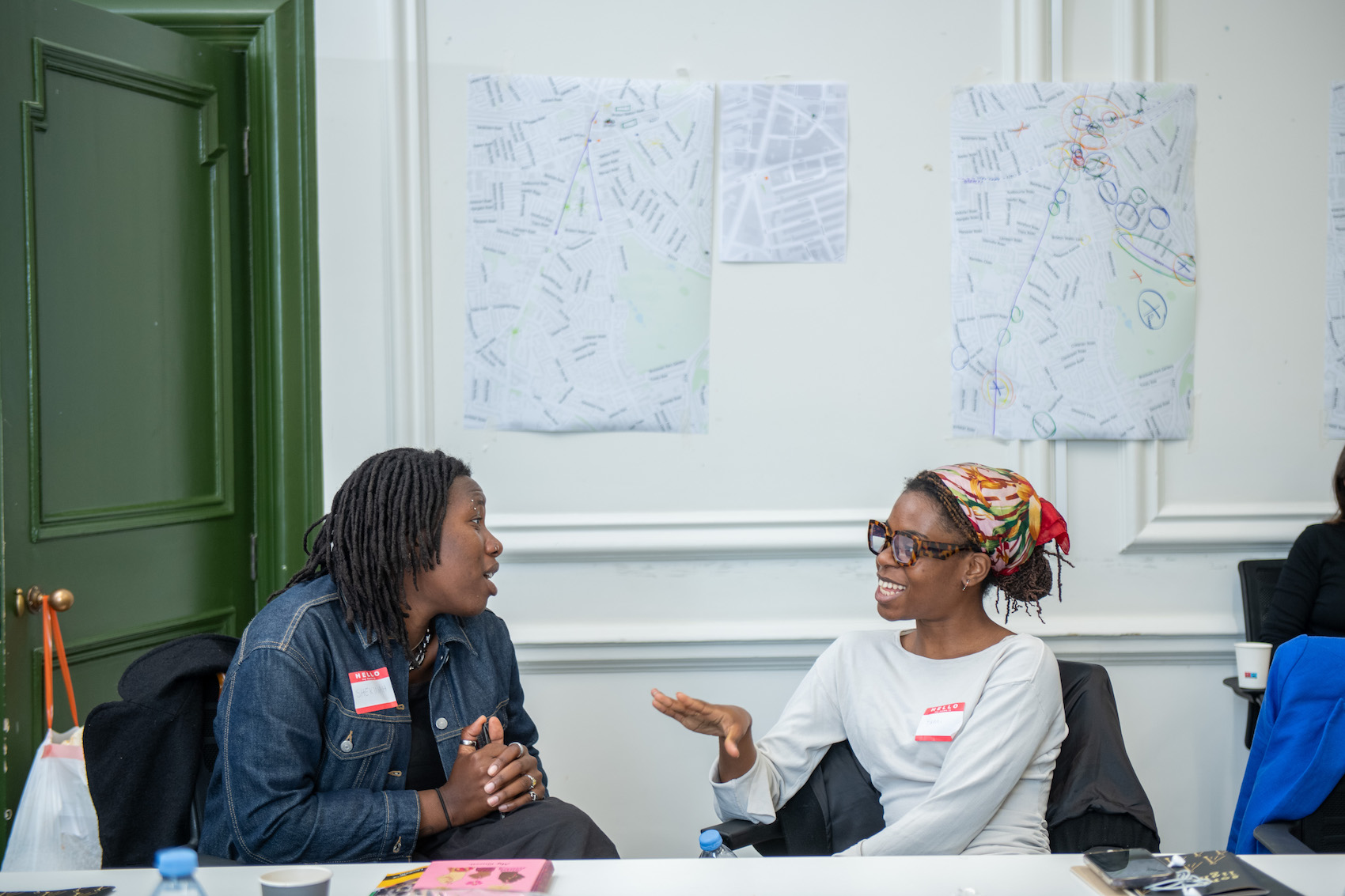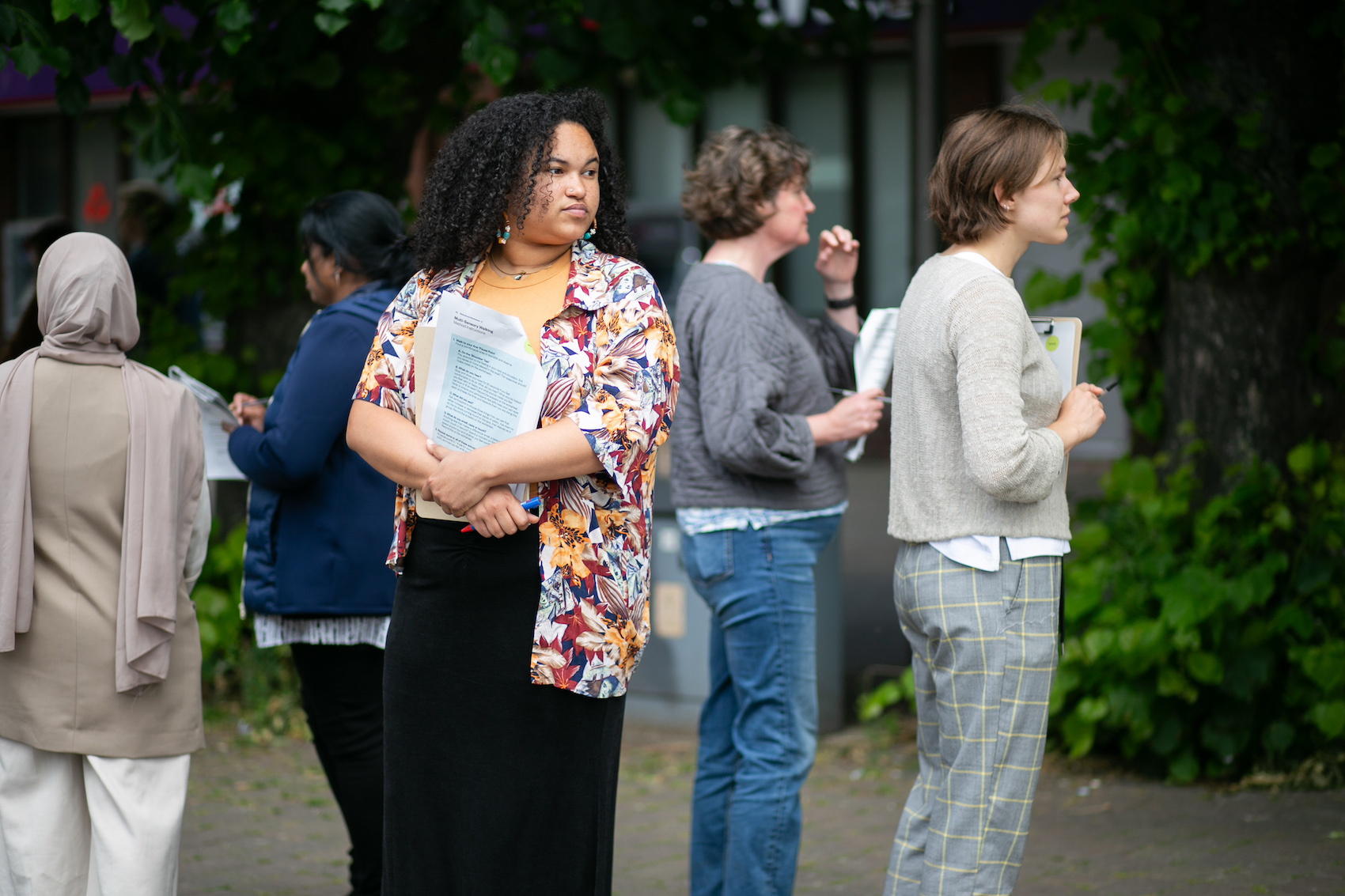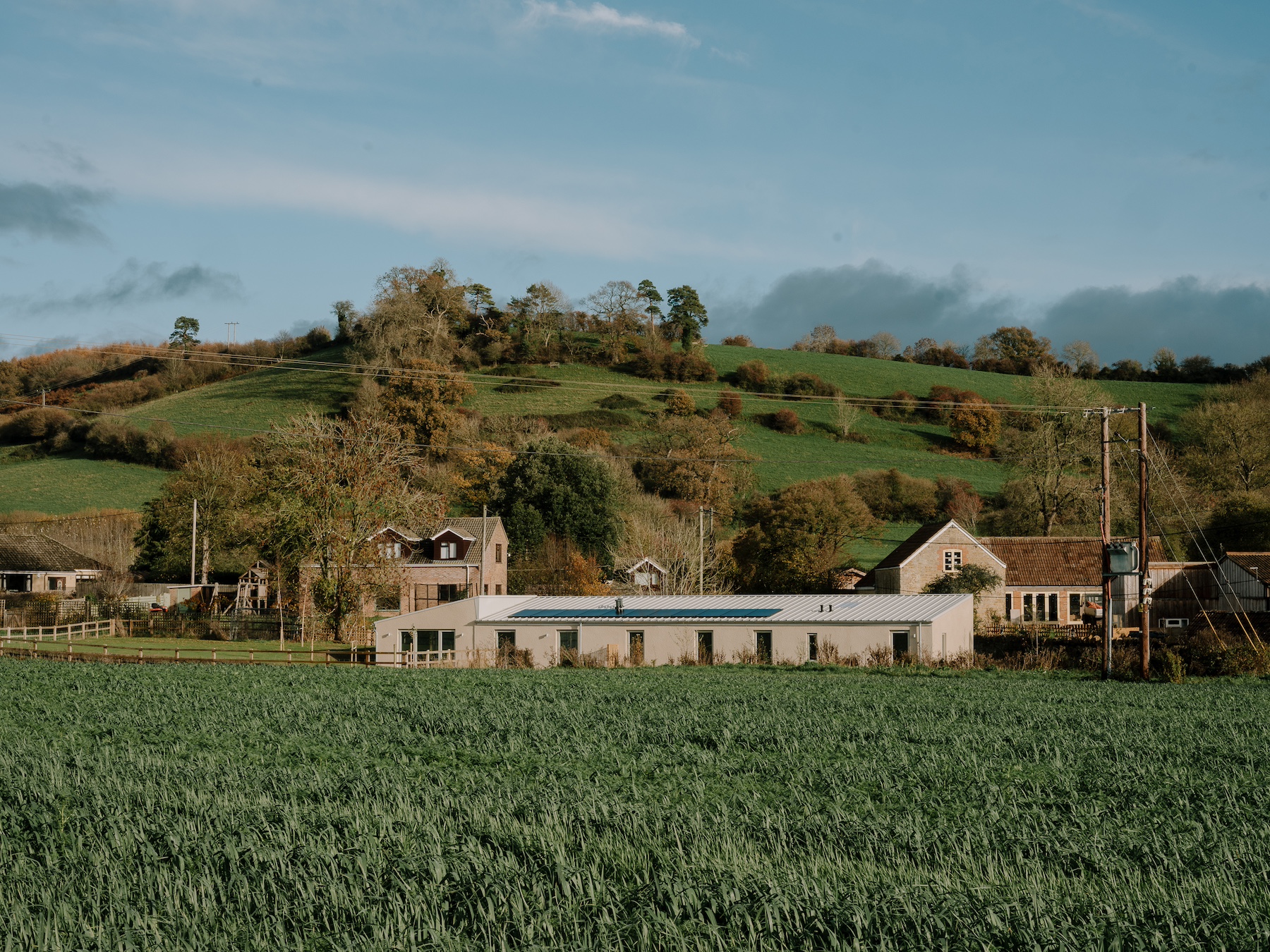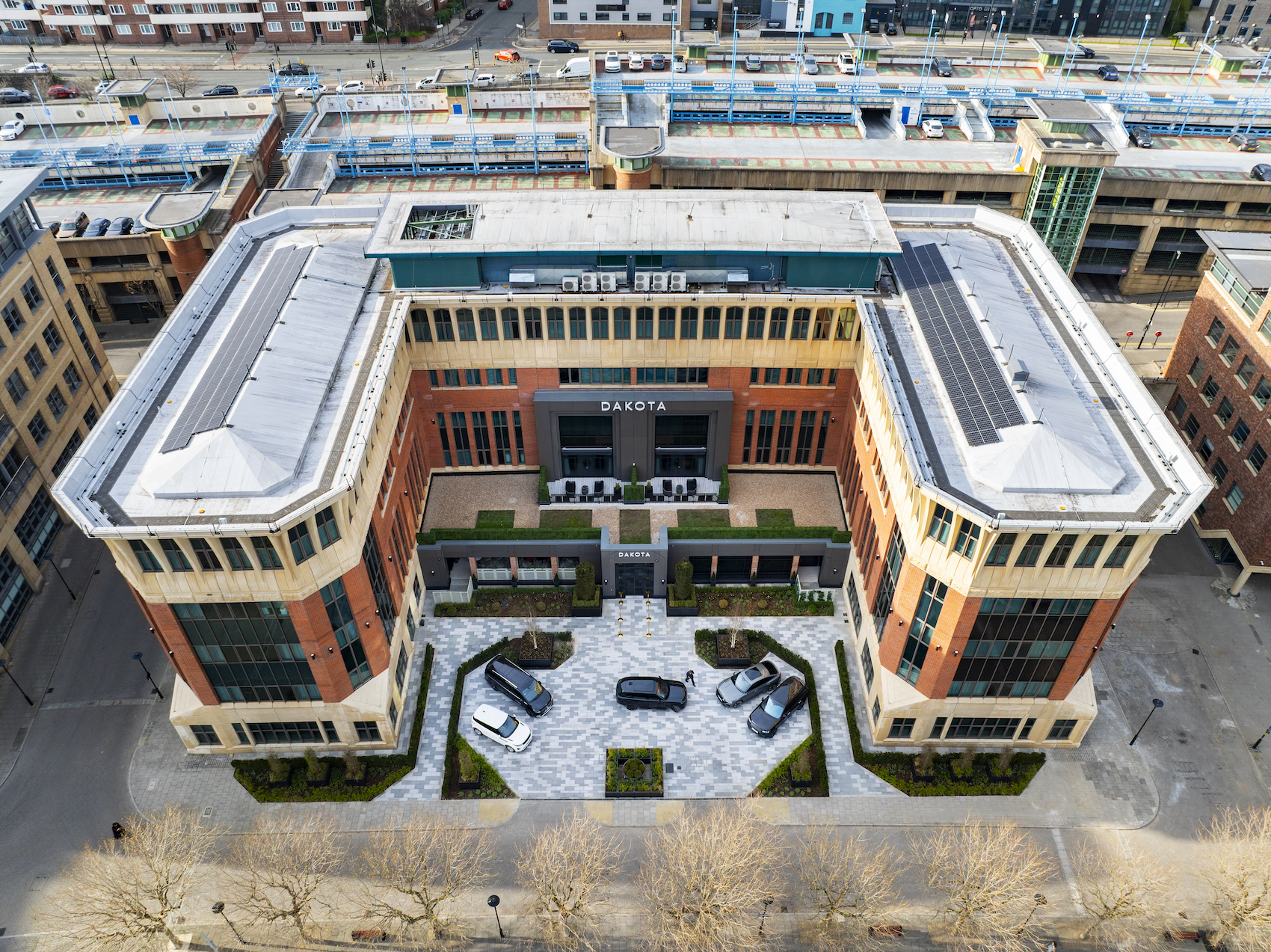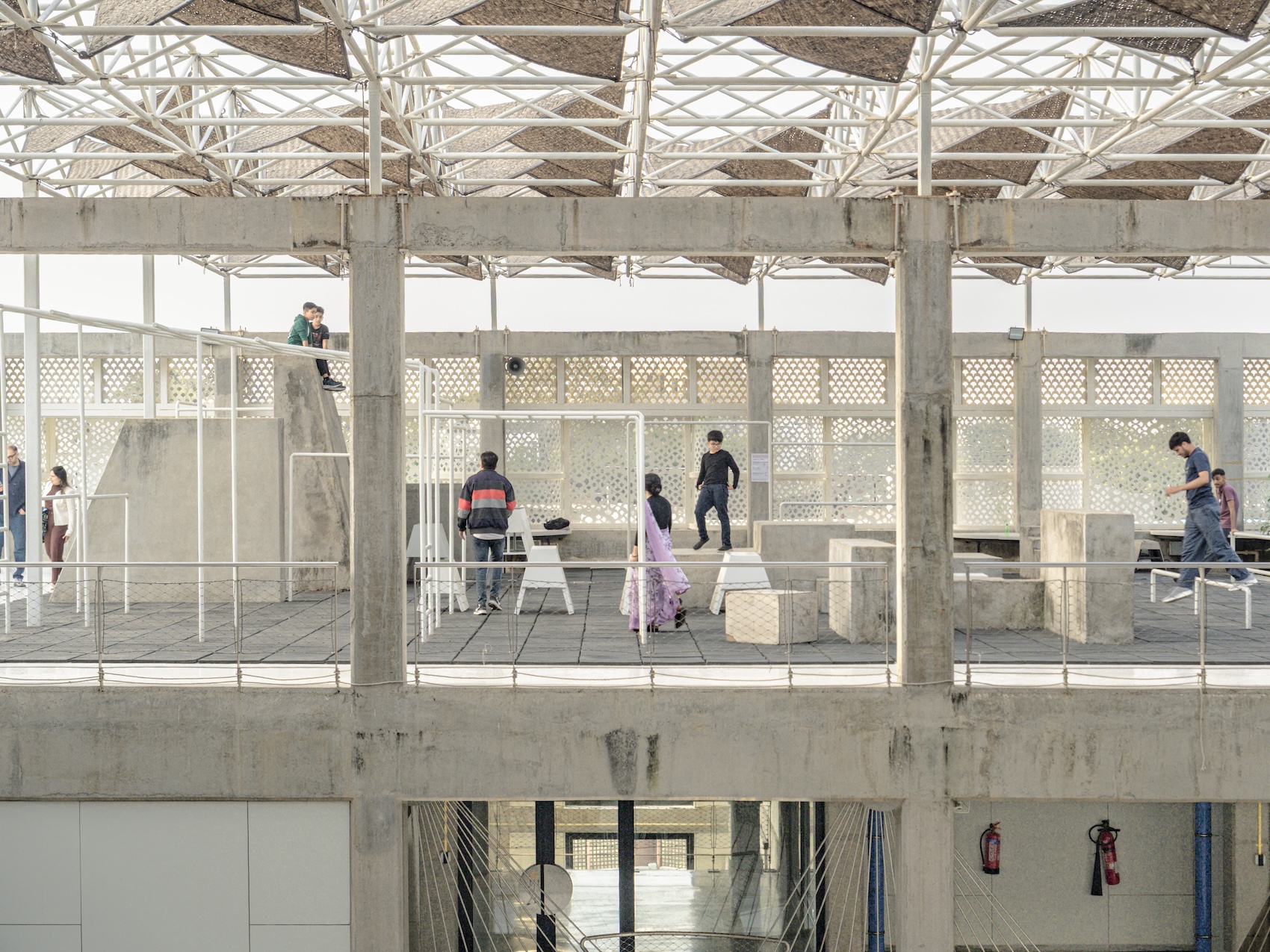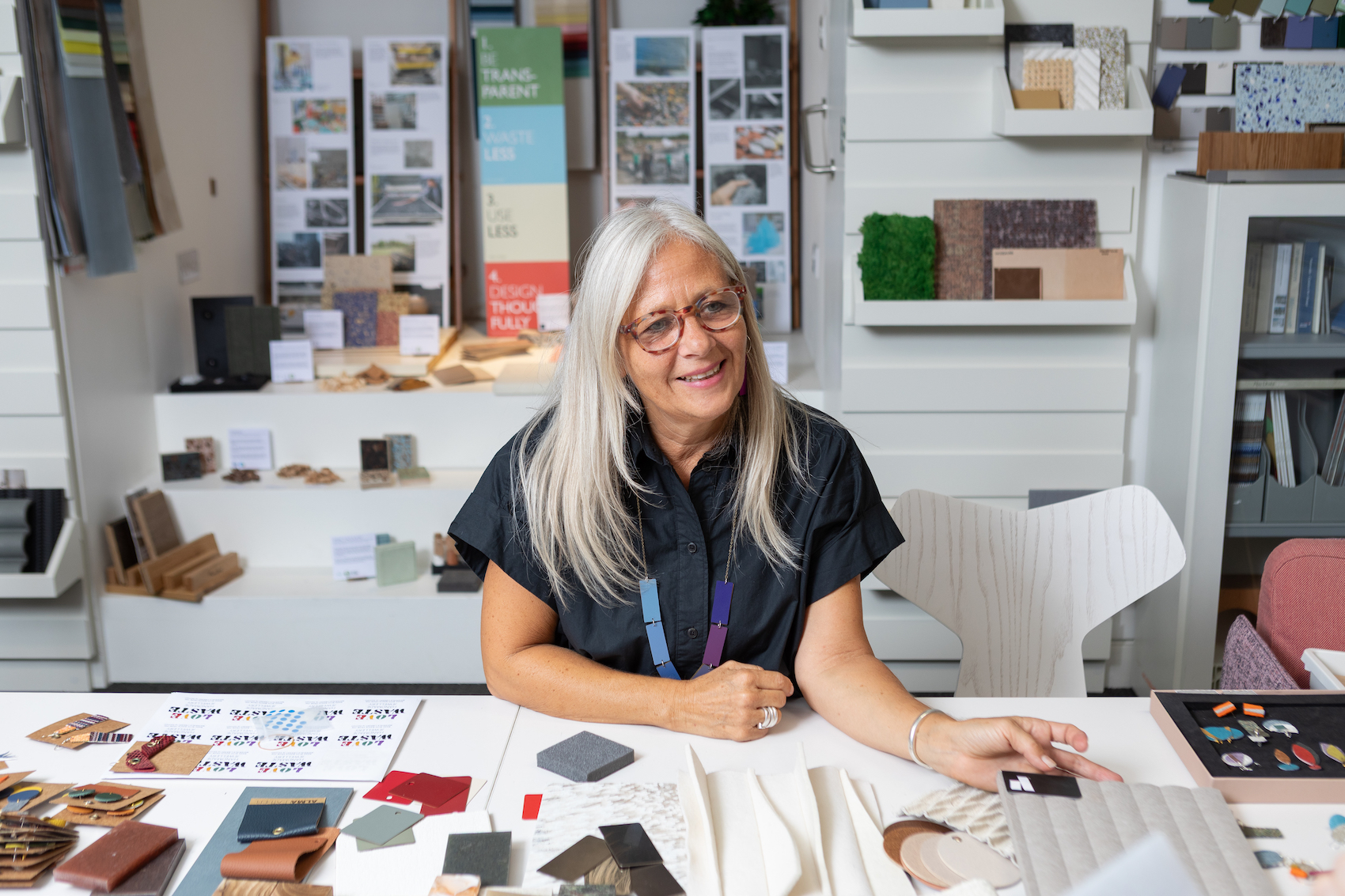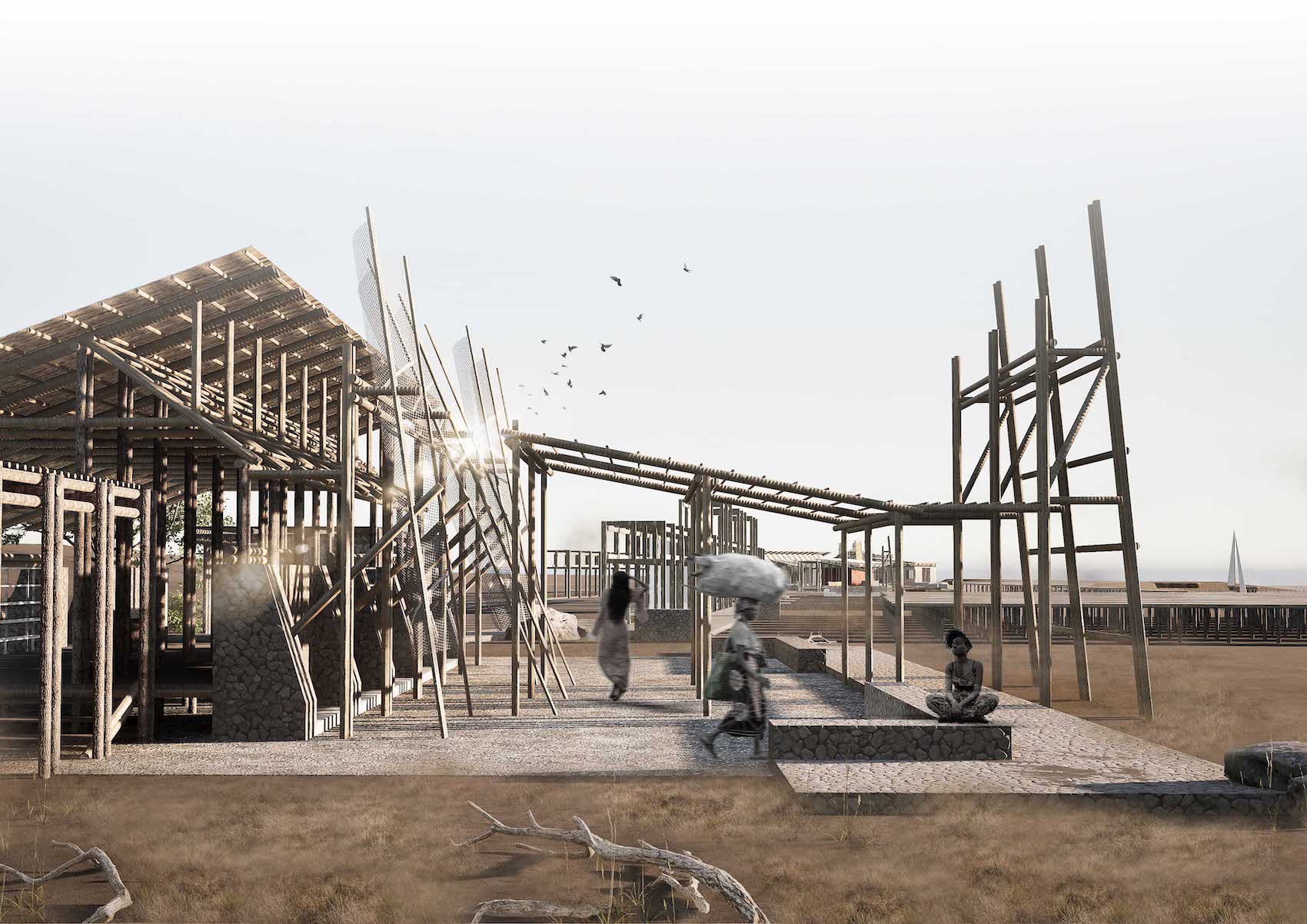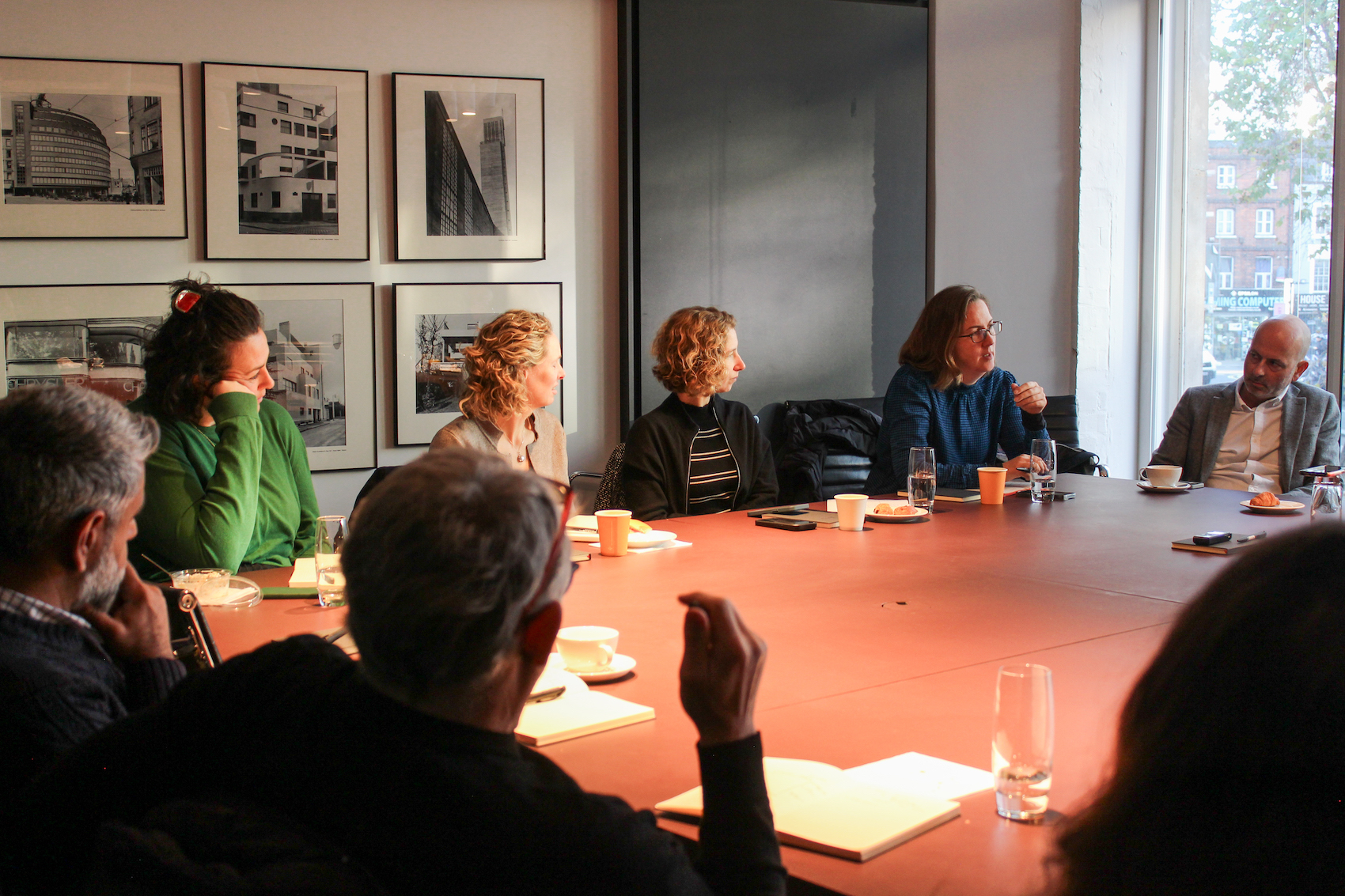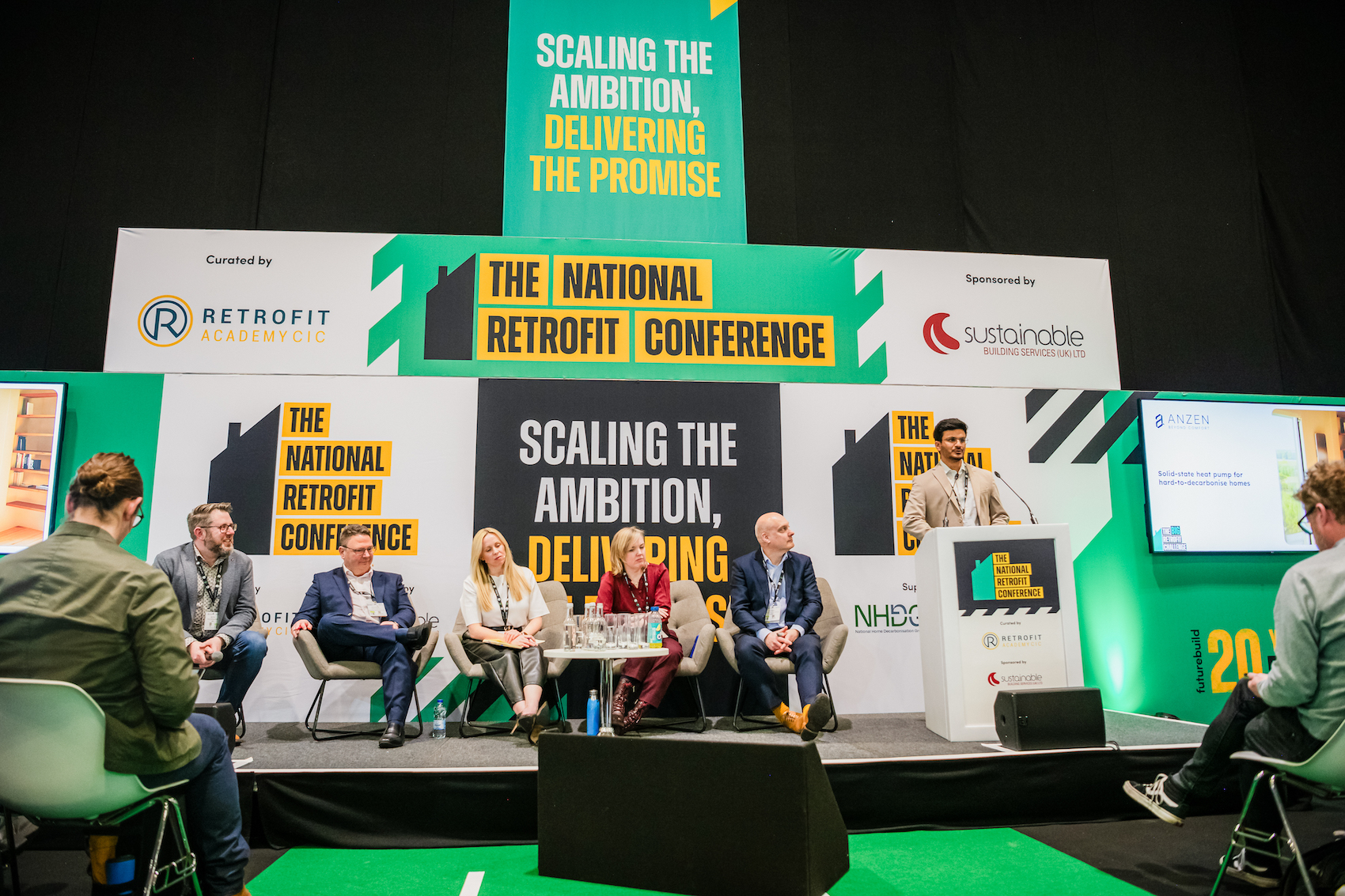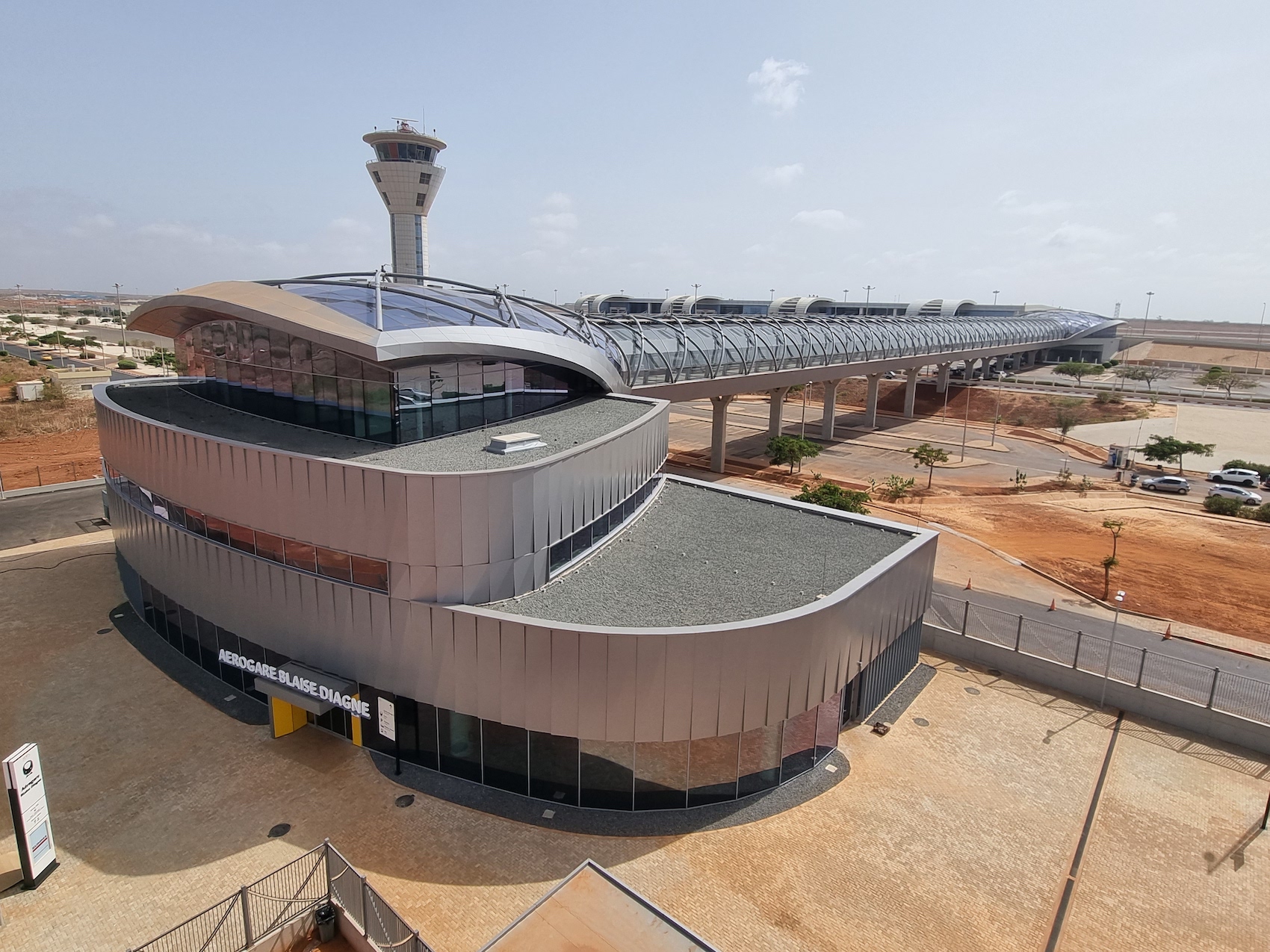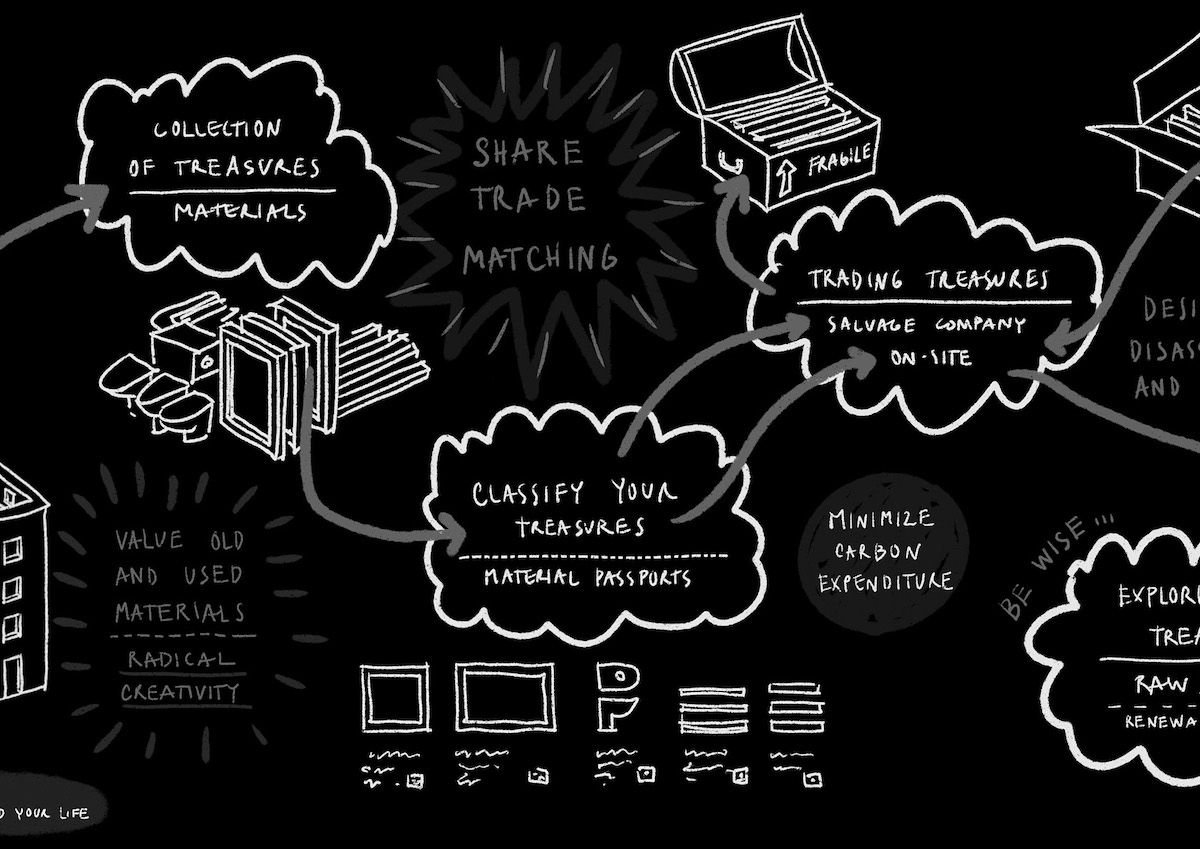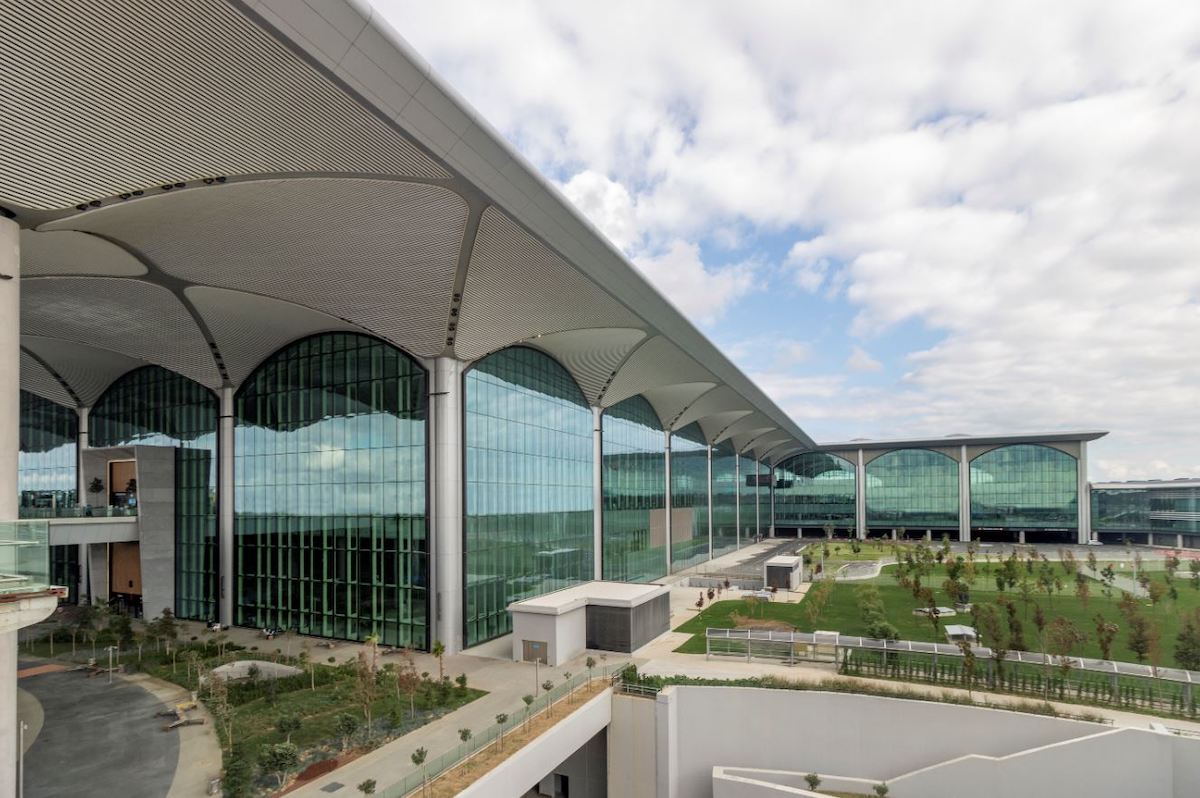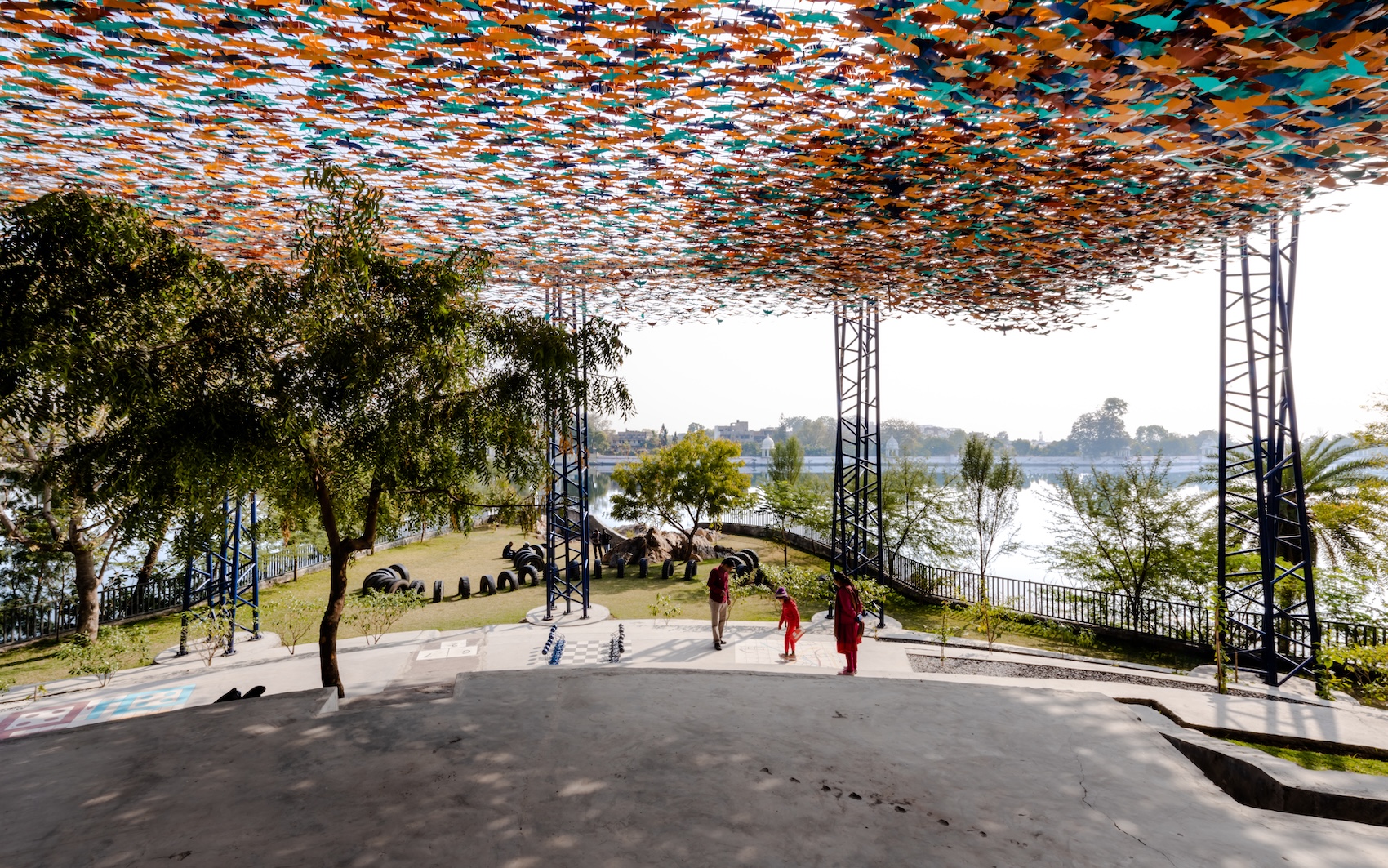Through philosophy, design and community led projects, Leela Keshav explores what it means to treat citizenship as a verb, and explains how this can support us in reshaping cities through participation, accountability and care.
Women’s Safety Audits, Lambeth.
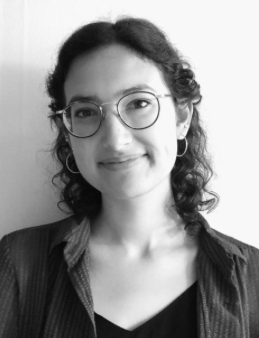
Citizenship arises from cities. Deriving from the Latin word for city, civitas, citizenship encompasses civilisations, the civil and the civic, speaking to the deep ties between people and place. Citizenship means building lives together within complex social structures. French philosopher Étienne Balibar claimed that citizenship exists as a constant interchange between rights and duties. In this sense, to be a citizen involves an active process of democratic participation and social responsibility.
Yet the legal definition of citizenship is embedded in problematic narratives of nationhood and belonging, defining who is – and isn’t – afforded rights within a country’s borders. This form of citizenship is founded on migration status, creating a binary condition of the citizen and the stateless. It is this kind of citizenship that is upheld in anti-immigrant discourse when the qualification of being British is afforded only to those who meet certain privileged standards.
Reference image for We Made That’s Croydon Town Centre masterplan.
There is another way to understand citizenship. Returning to its roots in civitas, this expanded definition isn’t concerned with borders or passports. Instead, it implicates everyone in a web of interrelation, where we, through our interactions, are both affect and are affected by place. This is citizenship as a verb.
As built environment practitioners working in the public’s interest, We Made That operates within this second meaning of citizenship. In my conversation with Holly Lewis, she emphasised that “we feel a sense of collective responsibility in reshaping places to be better than they are now. There’s a democratic process of accountability that sits behind each project”. In other words, We Made That works as citizens for – and with – fellow citizens. In practice this often requires taking on the role of facilitators, mediators and translators to demystify bureaucratic processes, designed to be opaque, into language accessible to the public, and conveying the public’s voice back to local authorities.
Reference image for We Made That’s Croydon Town Centre masterplan.
In the neoliberal city, public engagement and consultation cultures are too often reduced to tick-box exercises, doing little to counter the violent effects of gentrification. We Made That tries to go deeper, seeing the public as the primary client to whom they are accountable. In the 2024 Croydon Town Centre Strategy, they worked with local artists and arts organisation Turf Projects to facilitate a series of workshops. They heard from people often left out of the planning process, balancing their perspectives with the council’s long-term visions. Similarly, in their 2024 plans for the West Midlands town of Bilston, We Made That mediated between values held by the town’s citizens and the local authority, spanning from happiness to climate consciousness to grassroots music. By sifting through a wealth of information, the researchers identified nine key values to frame future urban projects which have the potential to increase acts of citizenship. The guidelines strive to be “tools of empowerment”, says Oliver Goodhall, for local communities in reimagining their town.
Reference image for We Made That’s 2024 plan for Bilson.
Citizenship is a process, not a status. In the case of the Women’s Safety Audits Pilot, completed in 2024, a group of citizen researchers representing a cross-section of London’s diverse population conducted research on gendered perceptions of safety. This community-led approach made space for researchers to develop their own ideas about safety and to test unusual methods such as multi-sensory walking. The sessions sparked critical discussions around challenging topics, like biases in perception of safety and community-based alternatives to policing. Eve Avdoulos, who led the project, told me that “some of the most interesting conversations I heard were about why certain people felt unsafe in one area where others might not. This opened up questions about age, familiarity, gender, immigration status – all these factors that impact feeling safe”. In a design project, whose safety is prioritised? According to Mia Lundie-Smith, a community researcher in the project, “design has to be community-led. We have to design with people, rather than for them”.
How can this expanded form of citizenship come to encompass the multiple publics who make up a city? In a sense, We Made That’s projects rehearse new modes of citizenship, testing ways of weaving plural voices into their shaping of space, policy and research. In centring spatial justice, these new citizenships can begin to counter the harmful categorisation of people by migration status. This might mean foregrounding those without legal citizenship, such as refugees and migrants, and those who face the harshest effects of gentrification, such as unhoused and working-class populations.
A research session for the Women’s Safety Audits Pilot completed in 2024.
We Made That’s iterative approach resonates with Balibar’s notion of citizenship as “always unfinished, imperfect and in the making”. In an age of climate and ecological breakdown, how might citizenship come to encompass a world beyond humans, recognising the interconnectedness of life? Indigenous Potawatomi botanist Robin Wall Kimmerer speaks of more-than-human citizenship in her book Braiding Sweetgrass, writing “If citizenship is a matter of shared beliefs, then I believe in the democracy of species (…) If good citizens agree to uphold the laws of the nation, then I choose natural law, the law of reciprocity, of regeneration, of mutual flourishing.” Kimmerer’s vision points toward a future where citizenship is a compass which orients us to our obligations to each other, to the places in which we live, and to our living world.
Women’s Safety Audit, Walthamstow.
Leela Keshav is a writer, artist and spatial practitioner with a master’s in architecture from the Architectural Association (AA) in London. She is an editor at the AA and Programme Coordinator at New Architecture Writers (N.A.W), where she was a member of the 2023 cohort.



